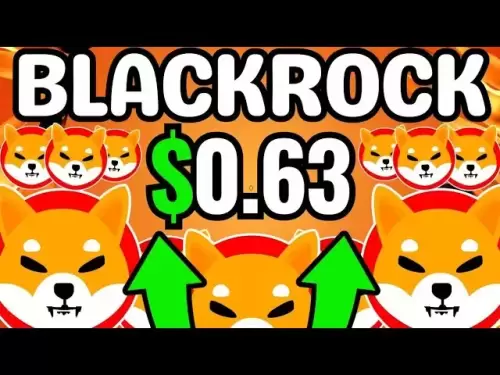-
 Bitcoin
Bitcoin $118000
-0.30% -
 Ethereum
Ethereum $3672
2.06% -
 XRP
XRP $3.433
-1.26% -
 Tether USDt
Tether USDt $1.000
-0.03% -
 BNB
BNB $744.4
1.39% -
 Solana
Solana $178.5
0.43% -
 USDC
USDC $0.9998
-0.01% -
 Dogecoin
Dogecoin $0.2544
1.55% -
 TRON
TRON $0.3197
-1.41% -
 Cardano
Cardano $0.8411
1.25% -
 Hyperliquid
Hyperliquid $45.06
-0.50% -
 Stellar
Stellar $0.4642
-0.67% -
 Sui
Sui $3.872
1.79% -
 Chainlink
Chainlink $18.76
2.98% -
 Hedera
Hedera $0.2686
1.16% -
 Avalanche
Avalanche $24.70
3.92% -
 Bitcoin Cash
Bitcoin Cash $522.9
1.41% -
 Shiba Inu
Shiba Inu $0.00001516
0.13% -
 Litecoin
Litecoin $112.3
9.31% -
 UNUS SED LEO
UNUS SED LEO $8.999
0.24% -
 Toncoin
Toncoin $3.204
0.01% -
 Polkadot
Polkadot $4.418
3.06% -
 Uniswap
Uniswap $10.53
3.16% -
 Monero
Monero $327.6
0.76% -
 Ethena USDe
Ethena USDe $1.001
-0.02% -
 Bitget Token
Bitget Token $4.987
1.52% -
 Pepe
Pepe $0.00001371
2.34% -
 Dai
Dai $1.000
0.00% -
 Aave
Aave $323.3
0.40% -
 Bittensor
Bittensor $416.9
0.79%
How to find a lost crypto wallet?
If you lost your crypto wallet, first determine if it's a missing file or lost seed phrase—recovery steps vary greatly depending on the scenario.
Jul 20, 2025 at 04:14 am
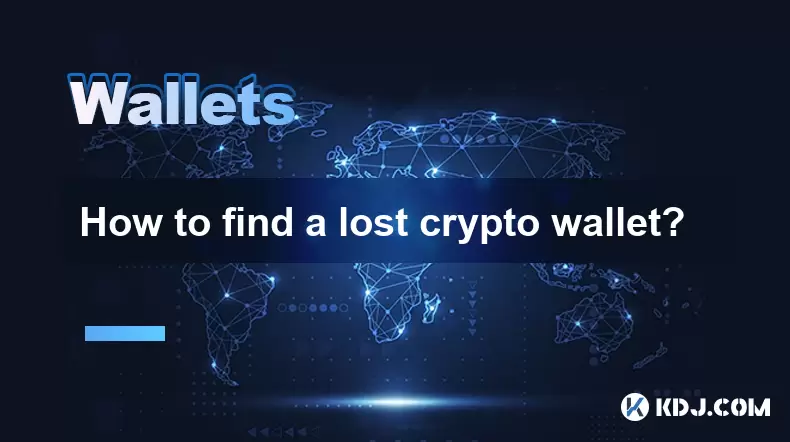
Understanding the Types of Lost Crypto Wallets
When users talk about a lost crypto wallet, they usually refer to one of two scenarios: either they’ve misplaced their recovery phrase or private key, or they’ve forgotten where their wallet file is stored. It’s crucial to distinguish between these situations because the steps for recovery differ significantly. For instance, if you used a software wallet like Electrum or Litecoin Core, and simply forgot where the wallet file is saved on your computer, it might still exist somewhere in your system. However, if you lost access to your wallet seed phrase or private keys, especially with a hardware wallet like Ledger or Trezor, the process becomes more complex.
Recovering a Forgotten Wallet File Location
If you suspect that your wallet file exists but you don’t know where it is, start by searching your device thoroughly. Most software wallets store wallet files in specific directories:
- On Windows, look under
C:\Users\YourUsername\AppData\Roaming - On macOS, check
/Users/YourUsername/Library/Application Support - On Linux, search
/home/YourUsername/.walletname
Use your operating system’s search function to locate files ending in .dat, .json, or any other extension associated with your wallet software. If you remember the name or part of the name of your wallet, include that in the search query. Always ensure you’re searching hidden folders, as many wallet directories are hidden by default.
Recovering from a Lost Seed Phrase or Private Key
Losing your seed phrase or private key is far more serious. Without these, you cannot regain access to your funds unless you have a backup. Some wallets allow you to view your seed phrase again if you have set up a PIN or password. For example, Trust Wallet allows users to view the seed phrase within the app if the device is unlocked. In contrast, hardware wallets like Ledger Nano S/X do not store your seed phrase on their servers, so if you lose your 24-word recovery phrase, there’s no way to retrieve it.
If you believe you wrote down your seed phrase but can’t find it, try retracing your steps. Think about when you first created the wallet and where you might have stored it—notebooks, encrypted files, or even photos. Some people store their seed phrases in password managers or cloud storage, which may be recoverable if you remember login credentials.
Using Wallet Recovery Tools and Services
Some advanced users turn to wallet recovery tools, though this comes with risks. Tools like Bitcoin Private Key Recovery Tool (BTCRecover) help brute-force partial seed phrases or private keys if you remember some parts of them. These tools require technical knowledge and can take a long time to run depending on how much information you provide. You’ll need to:
- Install the tool via GitHub
- Input known parts of your seed phrase or private key
- Define word positions if partially remembered
- Run the script and wait for possible matches
However, always use such tools offline to avoid exposing sensitive data. Also, never share your seed phrase with anyone offering “recovery services”—this is a common scam tactic.
Securing Your Wallet After Recovery
Once you regain access to your wallet, take immediate steps to prevent future loss. Store your seed phrase in multiple secure locations. Consider using a metal wallet or engraving your recovery phrase on a durable medium. Avoid storing digital copies in unencrypted formats. Use a password manager to securely store login details for exchange accounts or wallet apps. Enable two-factor authentication (2FA) wherever possible, and consider setting up multi-signature wallets for added security.
Contacting Wallet Providers and Community Forums
If you're using a hosted wallet service like Blockchain.com or Coinbase Wallet, contact their support team immediately. While they typically don’t have access to your private keys, they may offer assistance in verifying account ownership or resetting passwords. Be prepared to provide:
- Email verification
- Transaction history
- Device information
In cases where official support can’t help, cryptocurrency community forums like Reddit’s r/CryptoCurrency or Bitcointalk.org may offer advice from experienced users. Always protect your personal information when seeking help online.
Frequently Asked Questions
Q1: Can I recover my crypto wallet if I only have the public address?
No, having only the public address is insufficient to regain access. The public address is derived from the private key, which is necessary for spending funds. Without the private key or seed phrase, recovery isn't possible.
Q2: Is it safe to use third-party wallet recovery services?
Most third-party recovery services are scams. Never share your seed phrase or private key with unknown entities. Only use open-source tools like BTCRecover and run them locally on an air-gapped machine.
Q3: What should I do if I suspect my wallet was hacked after recovery?
Immediately transfer your funds to a new wallet. Scan your device for malware and change all related passwords. Consider using a hardware wallet for future storage.
Q4: How can I prevent losing my wallet in the future?
Always write down your seed phrase and store it in at least two secure places. Use hardware wallets for large holdings, enable 2FA, and keep your wallet software updated.
Disclaimer:info@kdj.com
The information provided is not trading advice. kdj.com does not assume any responsibility for any investments made based on the information provided in this article. Cryptocurrencies are highly volatile and it is highly recommended that you invest with caution after thorough research!
If you believe that the content used on this website infringes your copyright, please contact us immediately (info@kdj.com) and we will delete it promptly.
- Shanghai Court Tackles Illegal Tether Transactions: A Wake-Up Call for Crypto
- 2025-07-20 11:50:12
- Robinhood, Crypto, and Industry Reshaping: A New Era Dawns
- 2025-07-20 11:30:13
- Crypto, Altcoins, and Genius Clarity: Decoding the 2025 Bull Run
- 2025-07-20 10:50:12
- DOGE's Double Bottom: Is a $0.42 Target Really in Sight?
- 2025-07-20 10:30:12
- Cryptos Surge: Decoding Market Gains & Top Performing Assets
- 2025-07-20 10:30:12
- Shiba Inu, Market Cap, and Troller Cat: A Meme Coin Mashup for the Ages
- 2025-07-20 10:50:12
Related knowledge
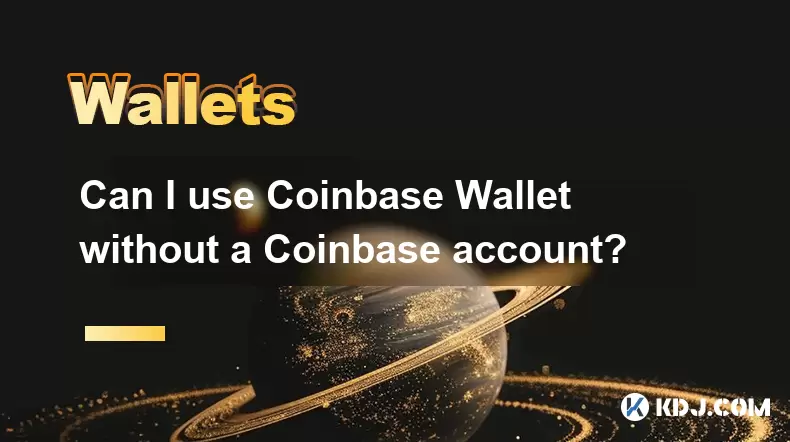
Can I use Coinbase Wallet without a Coinbase account?
Jul 18,2025 at 04:35am
What is Coinbase Wallet?Coinbase Wallet is a self-custodial wallet that allows users to store, send, and receive various cryptocurrencies directly on ...
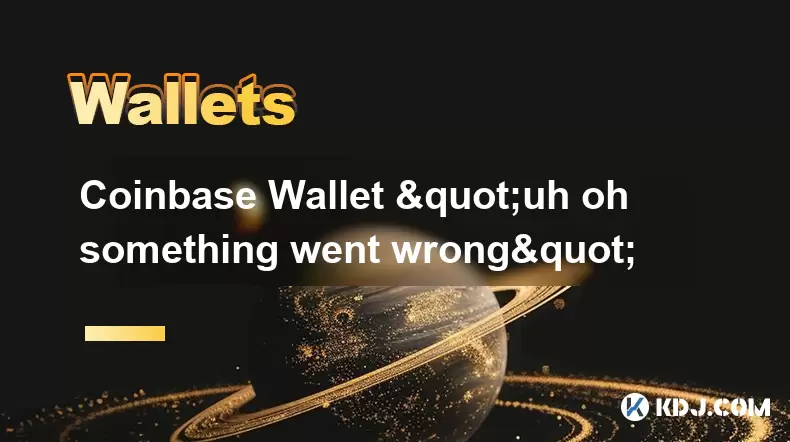
Coinbase Wallet "uh oh something went wrong"
Jul 20,2025 at 10:00am
Understanding the Coinbase Wallet Error: 'Uh Oh, Something Went Wrong'If you're a Coinbase Wallet user, encountering the error message 'Uh Oh, Somethi...

How to add Optimism network to Coinbase Wallet
Jul 20,2025 at 05:21am
What is the Optimism Network?The Optimism network is a Layer 2 scaling solution built on top of the Ethereum blockchain. It aims to enhance transactio...

How to add Arbitrum to Coinbase Wallet
Jul 18,2025 at 03:00pm
Understanding Arbitrum and Its Integration with Coinbase WalletArbitrum is a layer-2 scaling solution developed by Offchain Labs to enhance the speed ...
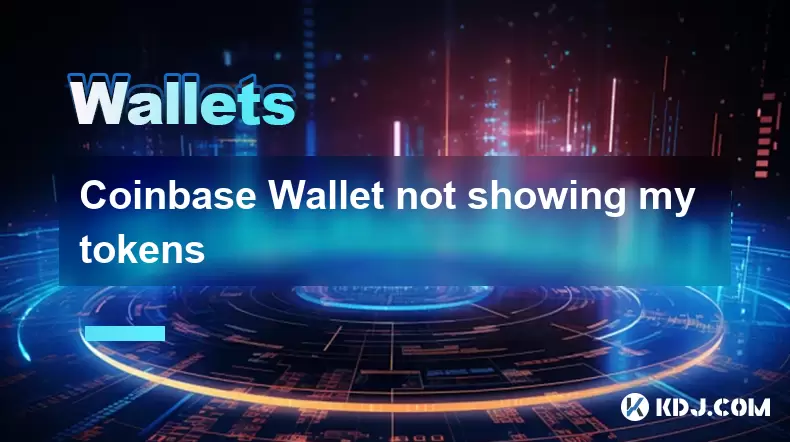
Coinbase Wallet not showing my tokens
Jul 18,2025 at 09:49am
Understanding Coinbase Wallet Token Display IssuesIf you're experiencing issues where Coinbase Wallet not showing my tokens, it can be frustrating, es...
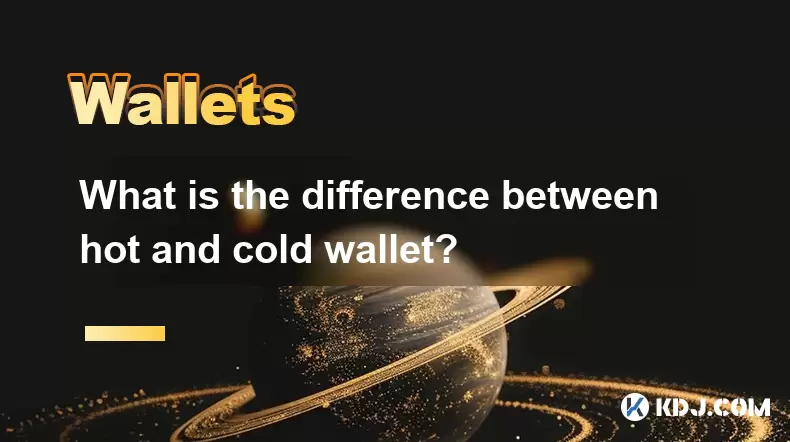
What is the difference between hot and cold wallet?
Jul 20,2025 at 11:00am
Understanding the Concept of Cryptocurrency WalletsIn the realm of cryptocurrencies, wallets are essential tools for managing digital assets. They are...

Can I use Coinbase Wallet without a Coinbase account?
Jul 18,2025 at 04:35am
What is Coinbase Wallet?Coinbase Wallet is a self-custodial wallet that allows users to store, send, and receive various cryptocurrencies directly on ...

Coinbase Wallet "uh oh something went wrong"
Jul 20,2025 at 10:00am
Understanding the Coinbase Wallet Error: 'Uh Oh, Something Went Wrong'If you're a Coinbase Wallet user, encountering the error message 'Uh Oh, Somethi...

How to add Optimism network to Coinbase Wallet
Jul 20,2025 at 05:21am
What is the Optimism Network?The Optimism network is a Layer 2 scaling solution built on top of the Ethereum blockchain. It aims to enhance transactio...

How to add Arbitrum to Coinbase Wallet
Jul 18,2025 at 03:00pm
Understanding Arbitrum and Its Integration with Coinbase WalletArbitrum is a layer-2 scaling solution developed by Offchain Labs to enhance the speed ...

Coinbase Wallet not showing my tokens
Jul 18,2025 at 09:49am
Understanding Coinbase Wallet Token Display IssuesIf you're experiencing issues where Coinbase Wallet not showing my tokens, it can be frustrating, es...

What is the difference between hot and cold wallet?
Jul 20,2025 at 11:00am
Understanding the Concept of Cryptocurrency WalletsIn the realm of cryptocurrencies, wallets are essential tools for managing digital assets. They are...
See all articles

























